By Adam Landry
Onita Basu still vividly remembers the exact moment she decided to devote her career to sustainable water solutions and practices.
“I was in a second-year Chemical Engineering lab working with a solution of water that looked relatively clean,” she recalls. “When I passed the water through a treatment process I was shocked to see an incredible amount of dissolved copper emerge from the solution and begin coating onto various surfaces. It was an eye-opening experience to realize that we cannot always tell what is in our water.”
Now an Environmental Engineering professor and Associate Chair of Graduate Studies in Carleton’s Department of Civil and Environmental Engineering, Basu still believes that startling realization hasn’t lost its impact.
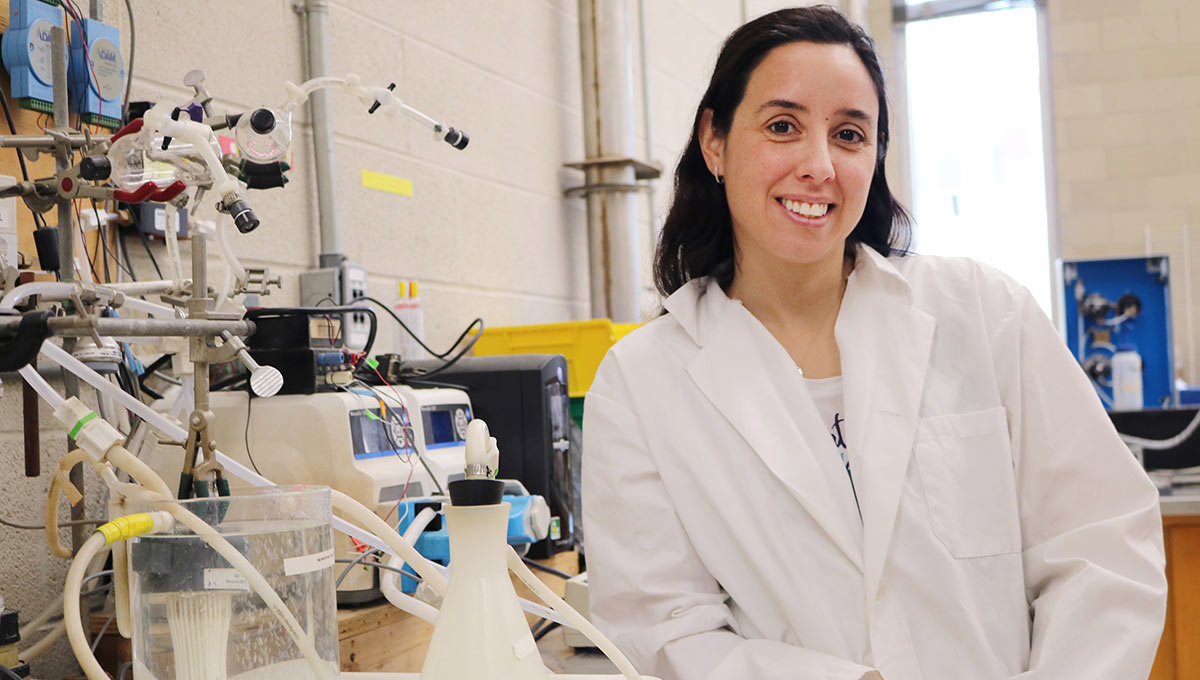
Environmental Engineering professor and Associate Chair of Graduate Studies in Carleton’s Department of Civil and Environmental Engineering, Onita Basu
“The pressure that is placed on our natural resources has never been greater than it is today,” she says. “The more people we have on our planet, the more difficult it becomes to manage the health of our water systems.”
In an effort to help alleviate some of the pressure caused by a surging population, Basu is currently engaged in bio-filtration research, which utilizes the growth of beneficial microbes in filter systems to help remove organic contaminants. Employing this technique provides a viable alternative to chemical treatment options, resulting in a cleaner and more sustainable water treatment process.
Beyond the health of water itself, Basu also understands the importance of improving the sustainability of activities related to its treatment.
“Removing pollution from water requires energy, but energy production also requires water, which in many cases results in its contamination,” she explains.
“It creates a vicious cycle between water and energy needs.”
To stabilize this systemic flaw, Basu has been investigating both direct and indirect methods of decreasing energy requirements for water treatment, focusing on elements such as how pumps are operated or how chemical treatments can be reduced, as they too require energy to produce, transport and deploy into the water treatment process.
Prof. Onita Basu described Carleton's water initiatives at the iWise Conference in 2017. Read more.
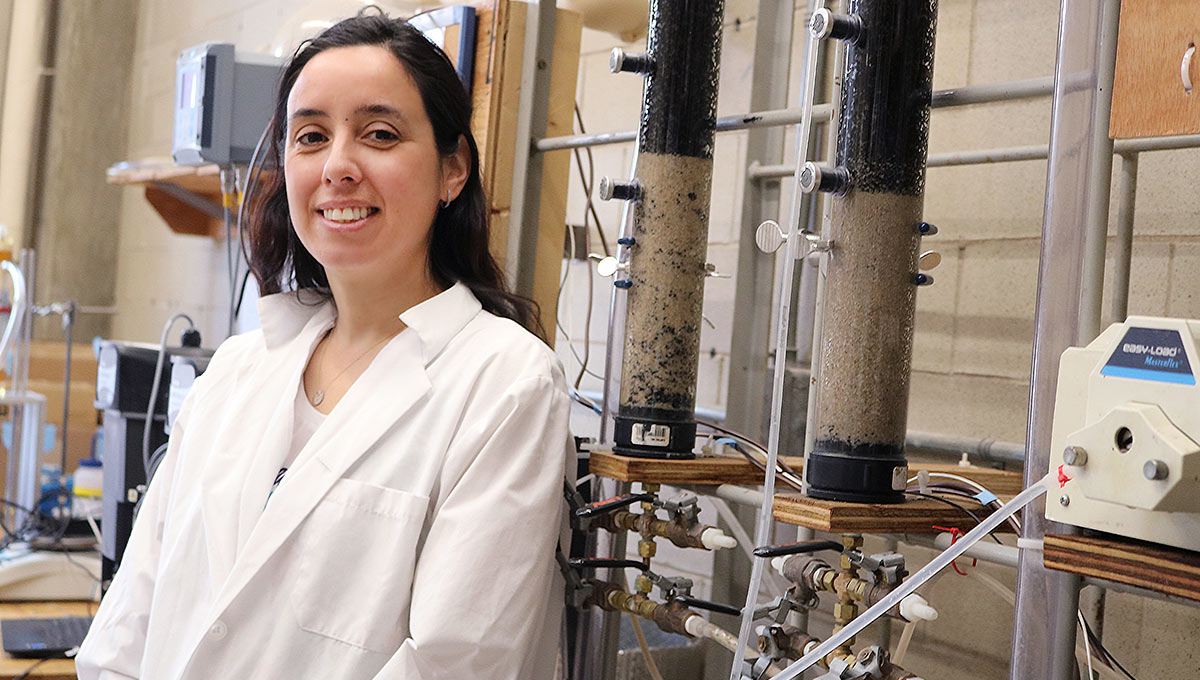
Developing Sustainable Engineering Systems
While water may be the key to life, there’s no denying that the call for sustainability extends beyond our lakes and rivers to include the energy sector. With that in mind, Prof. Cynthia Cruickshank in Carleton’s Department of Mechanical and Aerospace Engineering has dedicated her research towards developing advanced building energy systems and optimizing the applications of solar energy.
In addition to the obvious environmental benefits of reducing our society’s dependency on non-renewable energy sources, Cruickshank emphasizes how increased investment in sustainable energy will help to develop long-term energy security within Canada and beyond.
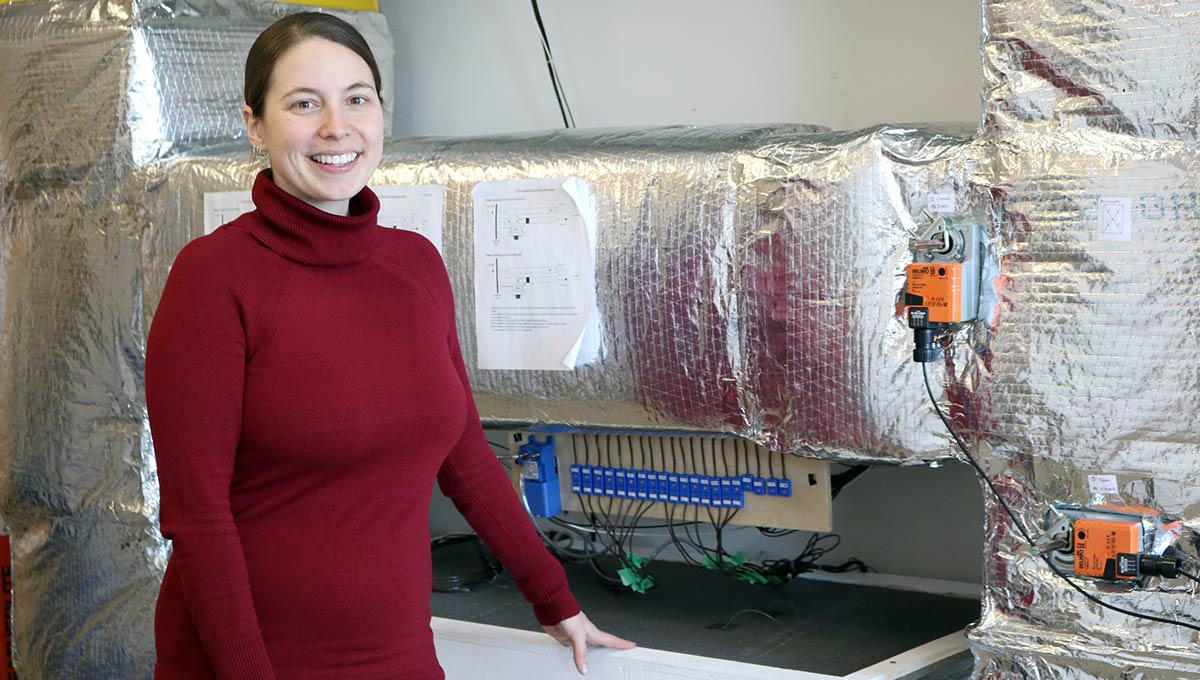
Prof. Cynthia Cruickshank, Mechanical and Aerospace Engineering
“Currently, we rely heavily upon finite resources that will eventually run out or reach a point where they are no longer financially viable to retrieve or refine,” she explains. “Shifting towards sustainable and renewable sources will help to establish greater diversity in our energy infrastructure and enable us to mitigate or even circumvent that inevitability.”
Cruickshank also serves as one of several key researchers working with the Urbandale Centre for Home Energy Research, a 1,600-square-foot, two-storey solar-powered house located at the north end of Carleton’s campus. Headed by Prof. Ian Beausoliel-Morrision, the facility acts as a test bed for innovative concepts that challenge the traditional way houses are designed and built, focusing largely on seasonal thermal storage, or how to store energy collected by the house’s solar panels during the summer for use during the darker winter months.
“We’re working towards establishing sustainable communities,” Cruickshank says.
“Whether by the renewal of building codes or the use of energy efficient materials and insulation, we’re seeing a conscious shift towards net-zero ready buildings and prefabricated retrofit solutions, which will ultimately reduce greenhouse emissions in the residential sector.”
Cruickshank offers her advice on a number of simple ways people can make their homes more sustainable, such as upgrading or installing insulation in attics and basements or replacing old drafty windows with those that are more energy efficient.
“Approximately half of the energy used in the average home is attributed to heating and cooling,” she says. “Older homes and buildings are the biggest contributor to Canada’s energy spending, as they are less insulated and prone to air leakage. The majority of structures built before 1990 actually average 30 to 60 percent higher utility costs compared to newer homes.”
While Cruickshank also recommends replacing incandescent lights with fluorescent or LED bulbs and switching to efficient appliances, she admits one of the best things people can do is watch their energy consumption.
“See what you actually use by investing in an energy monitor,” she suggests. “Set thermostats to regulate a temperature that is cost effective when the timing is appropriate, such as at night and when no one is home.”
Read more about Carleton's research on sustainable home energy solutions
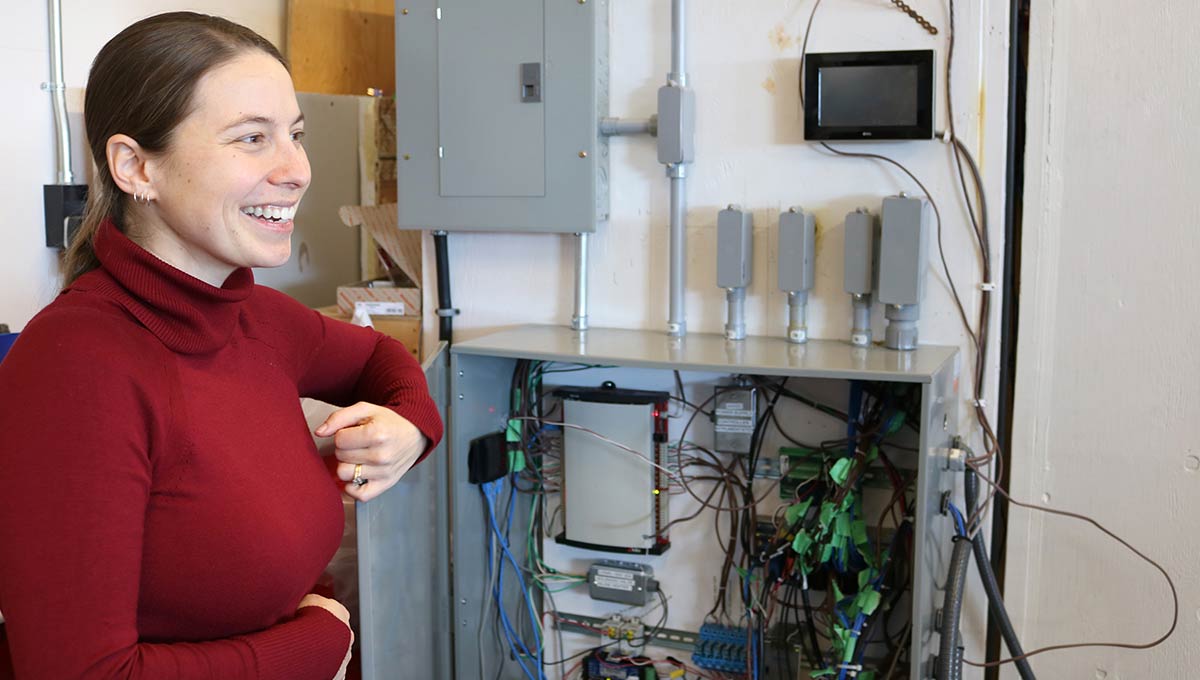
Inspiring Young Girls
In addition to her research duties, Cruickshank is also helping to inspire young girls to pursue careers in science, technology, engineering and math (STEM) through Carleton’s youth outreach programs.
“I’ve had the chance to give talks through the Carleton Women in Science and Engineering group, speaking with high school students about different careers that exist for women within engineering,” she says. “It’s important for them to hear about more than just the soft sciences because there are so many amazing opportunities where those sciences can be applied in areas such as electrical or mechanical engineering. There are many paths to choose from and female engineers are flourishing in all disciplines.”
Another outreach program that Cruickshank has been involved with is Virtual Ventures, a youth summer camp at Carleton that features programming just for girls and includes hands-on activities such as coding and game design.
“It’s really important for female students to be exposed to engineering, or at least the concept of it, at a young age,” she says.
“It helps them build an appreciation of what it can offer, but also demonstrates how it can improve peoples’ lives.”
Given that both Cruickshank and Basu have dedicated their careers to a field which is often seen as predominantly male, each of them certainly sees the value of increasing the female perspective within engineering.
“Just as multi-disciplinary projects benefit from multiple viewpoints, the personal experiences of different individuals can result in diverse ideas and influence how we approach engineering challenges,” says Basu. “Including more female engineers in the discussion allows for a wider range of perspectives, which can contribute to new concepts and alternative solutions.”
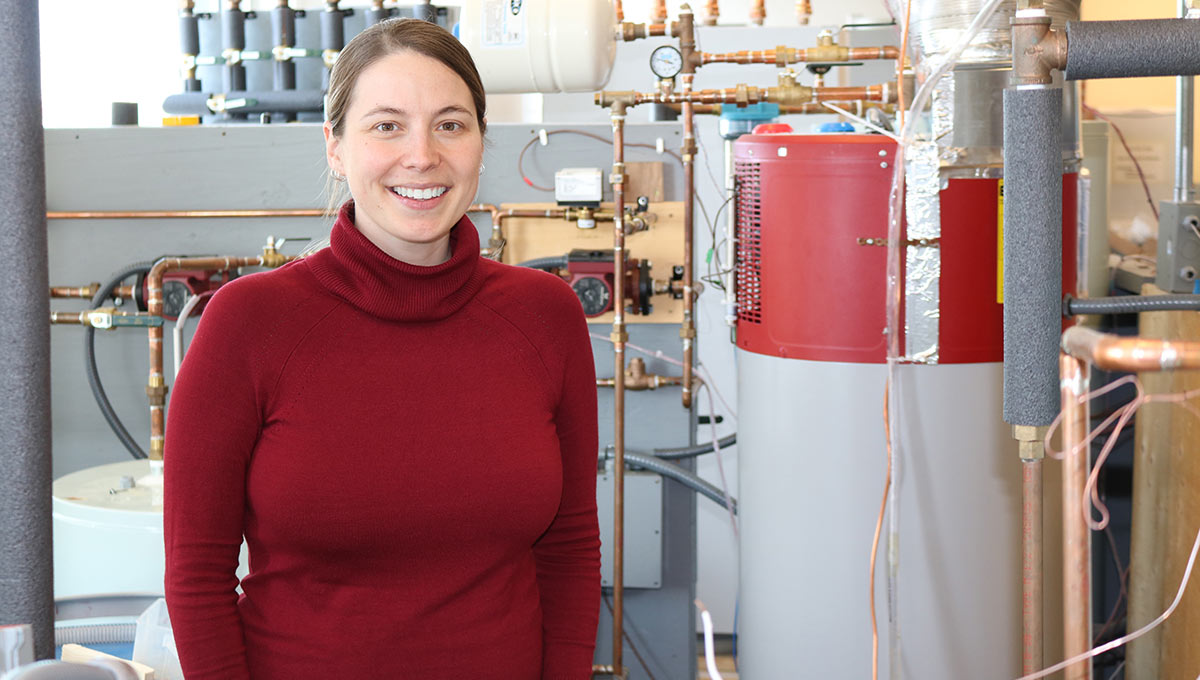
Wednesday, August 23, 2017 in Engineering, Environment and Sustainability, Research
Share: Twitter, Facebook



